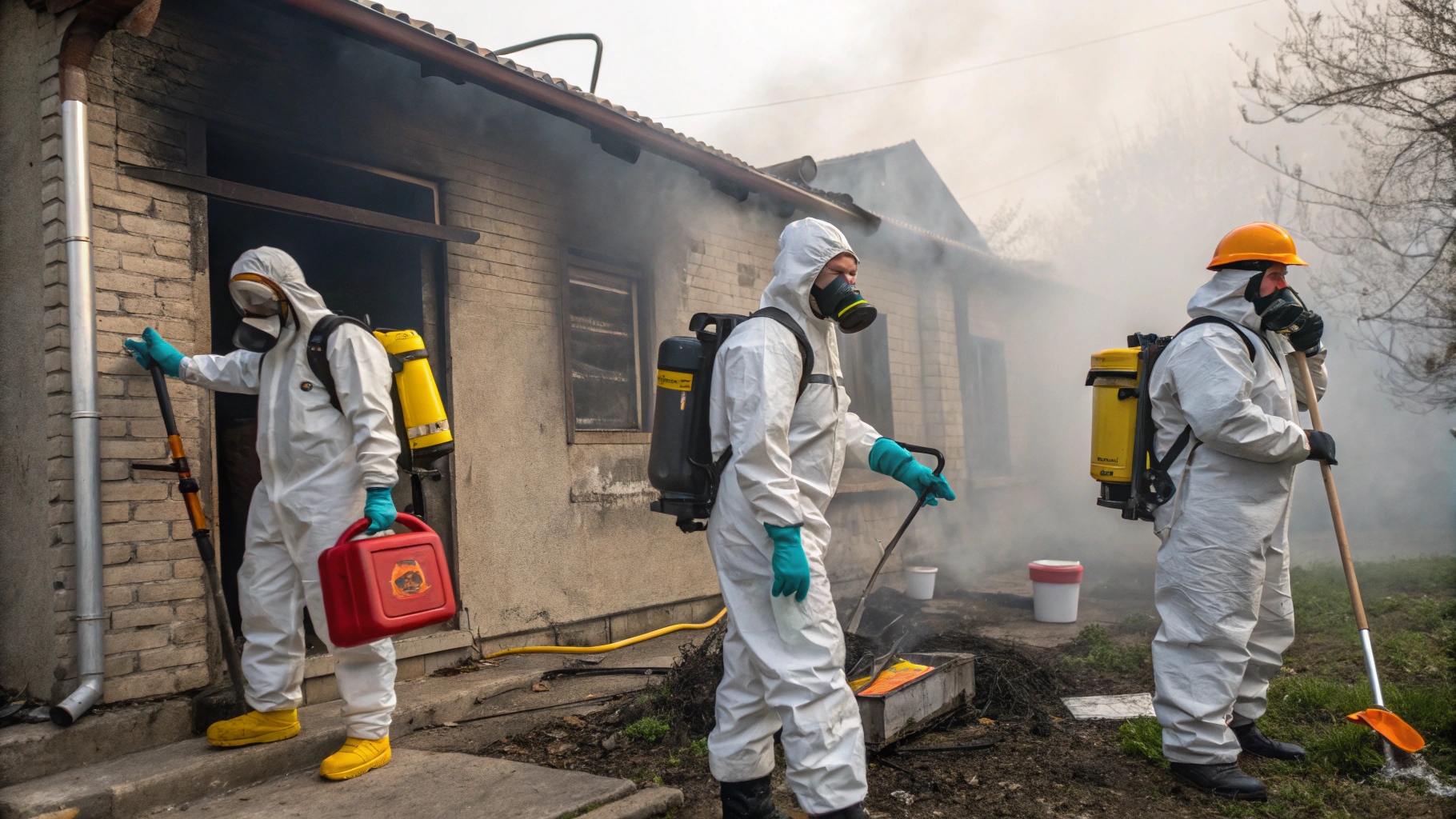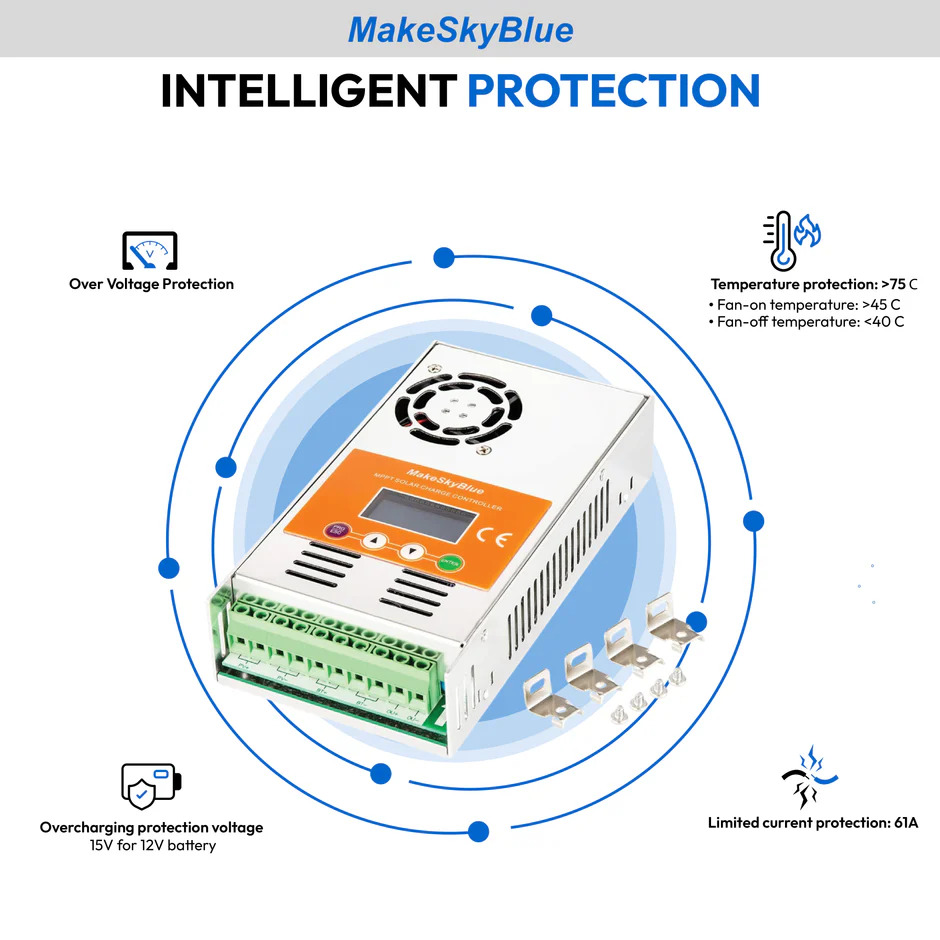Summary
Certified fire cleanup differs significantly from general post-fire cleaning and debris removal. While general cleaning typically involves removing visible debris, wiping surfaces, and using basic methods to reduce smoke odor, it often misses hidden dangers like toxic residues, structural damage, and deep-seated odors. In contrast, certified fire cleanup is performed by trained professionals following industry standards, using specialized equipment and techniques to remove soot, smoke, and hazardous materials, neutralize odors at a molecular level, assess structural integrity, and ensure compliance with health and safety regulations. This comprehensive approach not only protects occupants’ health and supports insurance claims but also restores the property properly, making it far more thorough and effective than standard post-fire cleaning.
–
Introduction
A fire can leave more than just visible damage behind. The aftermath often includes soot, smoke residues, water damage from firefighting efforts, and lingering odors that can affect health and property value. If your property has experienced a fire, understanding the difference between certified fire cleanup and general post-fire cleaning is crucial for safety, efficiency, and restoration success.
What Is General Post-Fire Cleaning?
General post-fire cleaning is typically what most homeowners or standard cleaning services might perform after a fire. It usually involves:
- Debris Removal: Clearing burnt materials, fallen ceiling tiles, damaged furniture, or other obvious debris.
- Surface Cleaning: Wiping down walls, floors, and furniture to remove visible soot or ash.
- Basic Odor Management: Using air fresheners or open windows to reduce smoke smell.
While general cleaning may make the property look better, it rarely addresses hidden dangers like toxic residues, compromised structural elements, or long-term odor penetration. This is why hiring fire cleanup experts is often recommended they have the training and equipment to handle damage that goes beyond what standard cleaning can fix.
Limitations of General Cleaning
- Incomplete Soot Removal: Soot can settle in walls, HVAC systems, and crawl spaces. Standard cleaning often misses these hidden areas.
- Health Risks: Fire residues can contain harmful chemicals and carcinogens, which general cleaning methods don’t neutralize.
- Property Damage: Improper cleaning may worsen damage, stain surfaces permanently, or allow mold growth from firefighting water.
What Is Certified Fire Cleanup?
Certified fire cleanup is performed by trained professionals who follow industry standards for fire damage restoration. These experts are often certified by organizations such as the Institute of Inspection, Cleaning, and Restoration Certification (IICRC) or similar.
Certified fire cleanup includes:
- Comprehensive Damage Assessment: Professionals assess structural integrity, smoke damage, and contamination.
- Specialized Cleaning Techniques: They use advanced equipment and chemical treatments to remove soot, smoke, and hazardous residues from surfaces, fabrics, and HVAC systems.
- Odor Neutralization: Through thermal fogging, ozone treatment, or other professional-grade solutions, certified cleaners eliminate odors at the molecular level.
- Documented Safety Compliance: Certified services follow health and safety regulations, ensuring that the property is safe for occupancy.
- Restoration Planning: Beyond cleaning, certified teams may repair or restore damaged structures to pre-fire condition, coordinating with insurance providers.
Why Certification Matters
- Health Protection: Certified cleaners know how to handle toxic soot and smoke residues safely.
- Structural Safety: They identify hidden structural issues, prevent accidents, or further deterioration.
- Insurance Approval: Insurance companies often require documentation of certified cleanup for claims processing.
- Long-Term Restoration: Certified fire cleanup ensures that your property is truly restored, not just superficially cleaned.
Key Differences: Certified vs. General Fire Cleanup
| Feature | General Cleaning | Certified Fire Cleanup |
| Scope | Visible debris and soot | Comprehensive, including hidden smoke damage, water damage, and structural assessment |
| Health Safety | Limited | High; addresses toxic residues and hazardous materials |
| Odor Removal | Superficial | Molecular-level neutralization |
| Insurance Compliance | Rarely documented | Fully documented and often required for claims |
| Equipment & Techniques | Basic cleaning tools | Advanced equipment, chemical treatments, and restoration methods |
| Expertise | General cleaners | Certified professionals trained in fire restoration |
Final thought
Certified fire cleanup goes beyond simply removing debris and soot; it involves a structured process that addresses both the visible and hidden damage caused by fire, smoke, and water used during firefighting. Professionals trained in Fire cleanup and restoration not only clean affected areas but also sanitize, deodorize, and apply specialized treatments to prevent long-term structural and health hazards. Unlike general post-fire cleaning, which may focus only on surface-level mess, certified cleanup ensures the environment is safe, mitigates lingering odors, and restores the property to a pre-loss condition with industry-approved techniques.
FAQS
Q 1: What makes certified fire cleanup different from regular post-fire cleaning?
A: Certified fire cleanup involves specialized techniques, safety protocols, and restoration practices, while general cleaning often only removes visible debris.
Q 2: Why is Fire Restoration and Repair important after a fire?
A: It addresses hidden smoke, soot, and water damage to prevent long-term structural and health issues.
Q 3: Can general post-fire cleaning replace certified fire restoration?
A: No, general cleaning doesn’t fully restore property or ensure safety, unlike certified fire cleanup professionals. Professional cleanup can rejuvenate your homes close to pre-damage condition.


